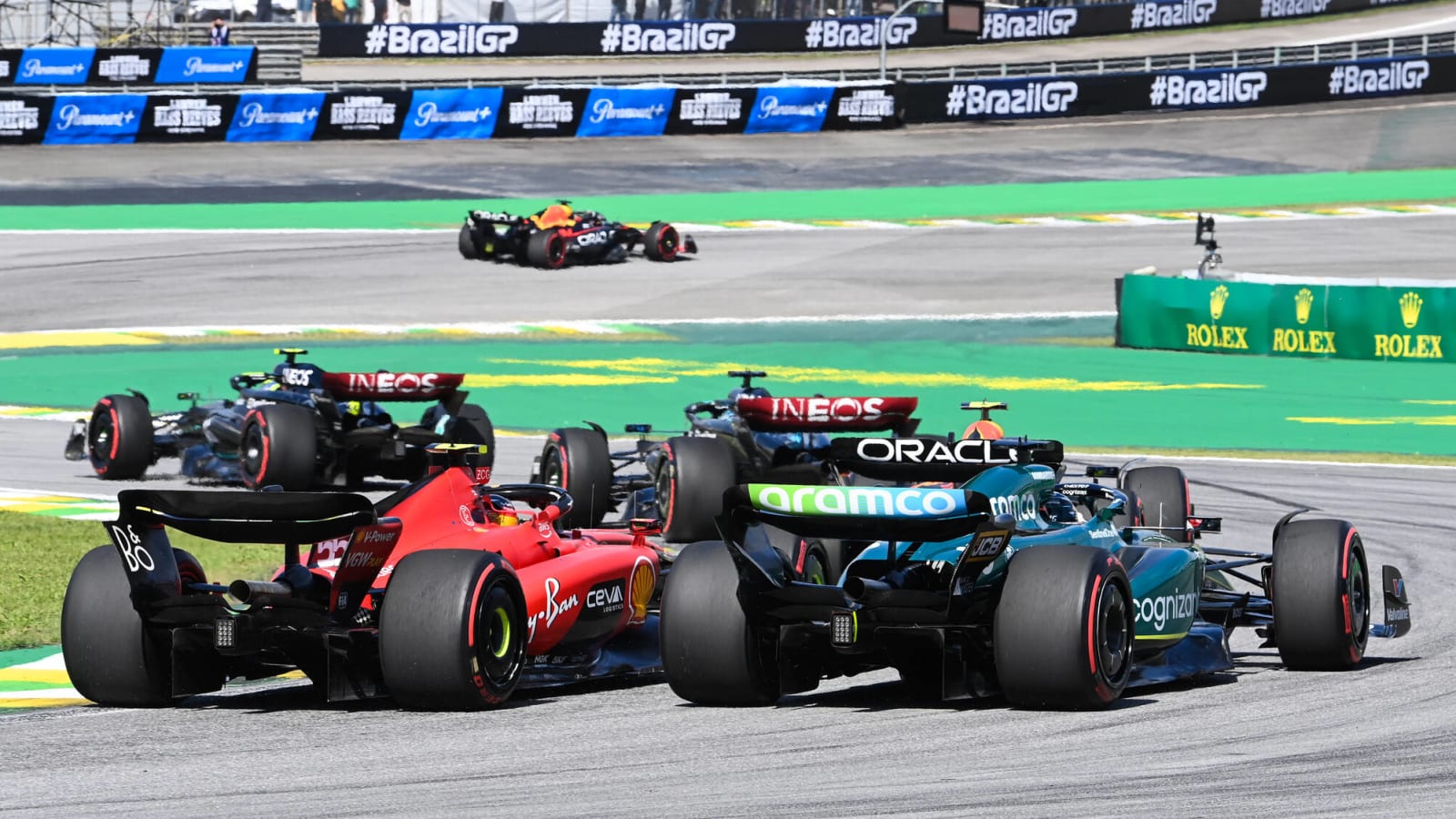
On Saturday, Nov. 18, F1 will debut their brand new half-a-billion-dollar race — the Las Vegas Grand Prix.
The 3.85-mile track will wind through many of Vegas’ most famous attractions with speeds expected to reach more than 210 MPH. The winner from the 20-car field will be awarded with 25 points and a first-of-its-kind trophy.
While all of that sounds well and good, Formula One planners did overlook some rather crucial details. For instance, the race will be run at night with temperatures expected to drop below 50 degrees Fahrenheit. It is a desert, after all.
That little tidbit somehow went overlooked and will pose unique challenges for the racers, who are accustomed to higher temperatures.
“It is probably the first time that we expect conditions this cold,” Mario Isola, the F1 chief for tire supplier Pirelli, told The Athletic, adding that it will be a “big unknown.”
“These compounds are designed to generate the grip at high temperature, let’s say above 80 degrees. At a cold temperature, you have very low grip.”
It won’t be the coldest race in F1 history — that came during the Canadian Grand Prix in 1978 (41 degrees Fahrenheit) — but it will be the coldest race for many in the current field.
“A tire will cool down on those straights,” Ferrari’s Carlos Sainz said. “Getting into a corner on a very low downforce setting, like we’re expecting in Vegas, on a cold tire, on a new surface...
“There could be many variables for tires and temperatures in general to be a big talking point that weekend.”
With few high-speed corners to help keep the tires warm, teams will be permitted to use tire blankets. That will allow all reserve tires to be heated to 158 degrees Fahrenheit.
While overlooking the chilly Las Vegas nights isn’t great for the overall optics, enough provisions have been made that should help ensure a safe and uninterrupted 193-mile race.
More must-reads:
- The most notorious sports feuds of all time
- J.J. Watt addresses possibly ending retirement to play for Texans
- The 'Yearly NBA playoff leaders in PPG' quiz
Breaking News
Customize Your Newsletter
 +
+
Get the latest news and rumors, customized to your favorite sports and teams. Emailed daily. Always free!

